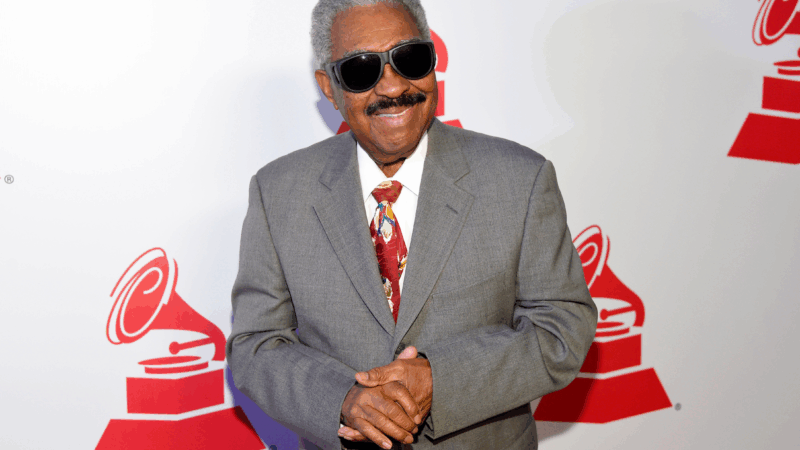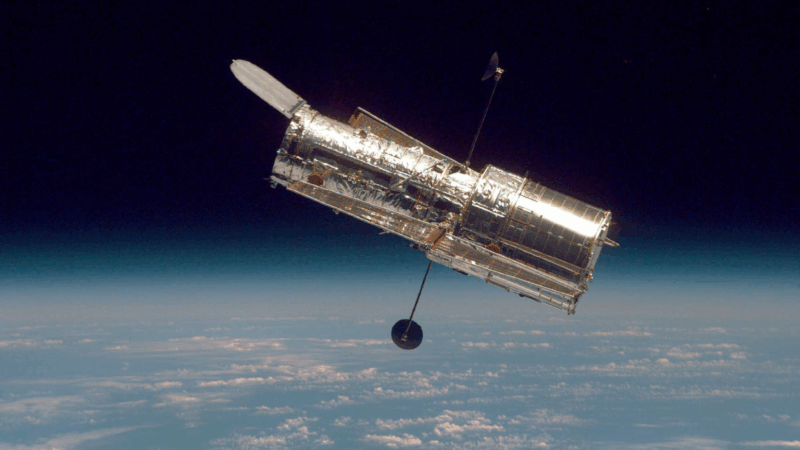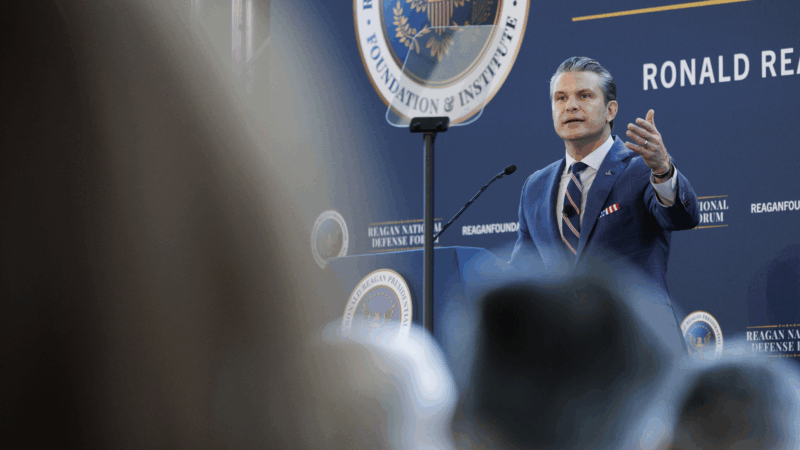The European Space Agency will beam the famous ‘Blue Danube’ waltz into space
Johann Strauss II’s popular orchestral piece “By the Beautiful Blue Danube” has been inextricably linked to space since it was used in the 1968 classic film 2001: A Space Odyssey.
The waltz played as a fictional spaceship docks with a space station, with expansive views of the Earth and the distant stars.
This week, the piece will take a more literal place among the stars when the European Space Agency broadcasts it into space.
On Saturday, the Vienna Symphony Orchestra will perform the piece live, while a radio antenna in Spain beams the music out.
The “Blue Danube” broadcast is celebrating the 50th anniversary of the ESA’s creation, as well as 200 years since Strauss’ birth.
The waltz was notably absent when NASA launched 27 pieces of music, as well as other sounds and images, on matching “Golden Records” on the Voyager 1 and 2 missions in 1977. The Voyager 1 probe is the first human-made object to leave the solar system. Both probes are still flying out into deep space today.
The ESA says it aims to rectify that historical overlook.
“The absence of the most famous of all waltzes from the 1977 Voyager Golden Record is a cosmic mistake,” Norbert Kettner, the director of the Vienna Tourist Board, said in a statement.
Strauss was from Austria, and the Vienna Tourist Board is helping the space agency arrange the broadcast.
A piece by another famous Austrian composer, Mozart, was included on the Voyager Golden Record.
Transmitting at the speed of light
The radio antenna in Spain where the piece is being broadcast is about 115 feet across, and is operated by the ESA. It supports uncrewed European missions to study the surface of Mars, create a map of the stars and take up-close pictures of the sun.
On Saturday, it will take a break from that work.
The Vienna Symphony Orchestra’s performance will be livestreamed online. The audio of the performance will be converted into an electromagnetic wave. That wave, which is not audible to humans, will be transmitted into space at the speed of light, in the direction of Voyager 1. The music will be moving so quickly that it will overtake the probe, which was launched in 1977 and left the solar system in 2012, in just 23 hours.
“This demonstrates that our technology can transmit not only scientific data but also human art over long distances,” said Josef Aschbacher, the director general of the ESA, in an announcement about the broadcast.
This is not the first time humans have beamed music deep into space.
Last year, NASA sent the Missy Elliott song “The Rain (Supa Dupa Fly)” to Venus. And in 2008, NASA celebrated its 50th anniversary by sending “Across the Universe” by The Beatles into deep space.
Tributes, not politics, play center stage as Trump hosts the Kennedy Center Honors
President Trump said he was closely involved with picking the honorees, and on Sunday he became the first president to host the Kennedy Center awards ceremony.
Thailand launches airstrikes along border with Cambodia as tensions reignite
Both sides accused the other of breaking a ceasefire that halted fighting earlier this year. Longstanding border disputes erupted into five days of combat in July that killed dozens.
Rafael Ithier, a legend of salsa music, dies at 99
The pianist, composer and arranger spent more than six decades turning El Gran Combo into one of the premier salsa institutions of Latin America and beyond.
Light from satellites will ruin majority of some space telescope images, study says
Astronomers have long been concerned about reflections from satellites showing up in images taken by telescopes and other scientific instruments.
Defense Department is reviewing boat strike video for possible release, Hegseth says
In a speech on Saturday, Defense Secretary Pete Hegseth defended the strikes, saying: "President Trump can and will take decisive military action as he sees fit to defend our nation's interests."
Bama, Miami in, Notre Dame out and Indiana No. 1 in College Football Playoff rankings
Nobody paying attention for the past 24 months would be surprised to see Indiana – yes, Indiana – leading the way into this year's College Football Playoff.









